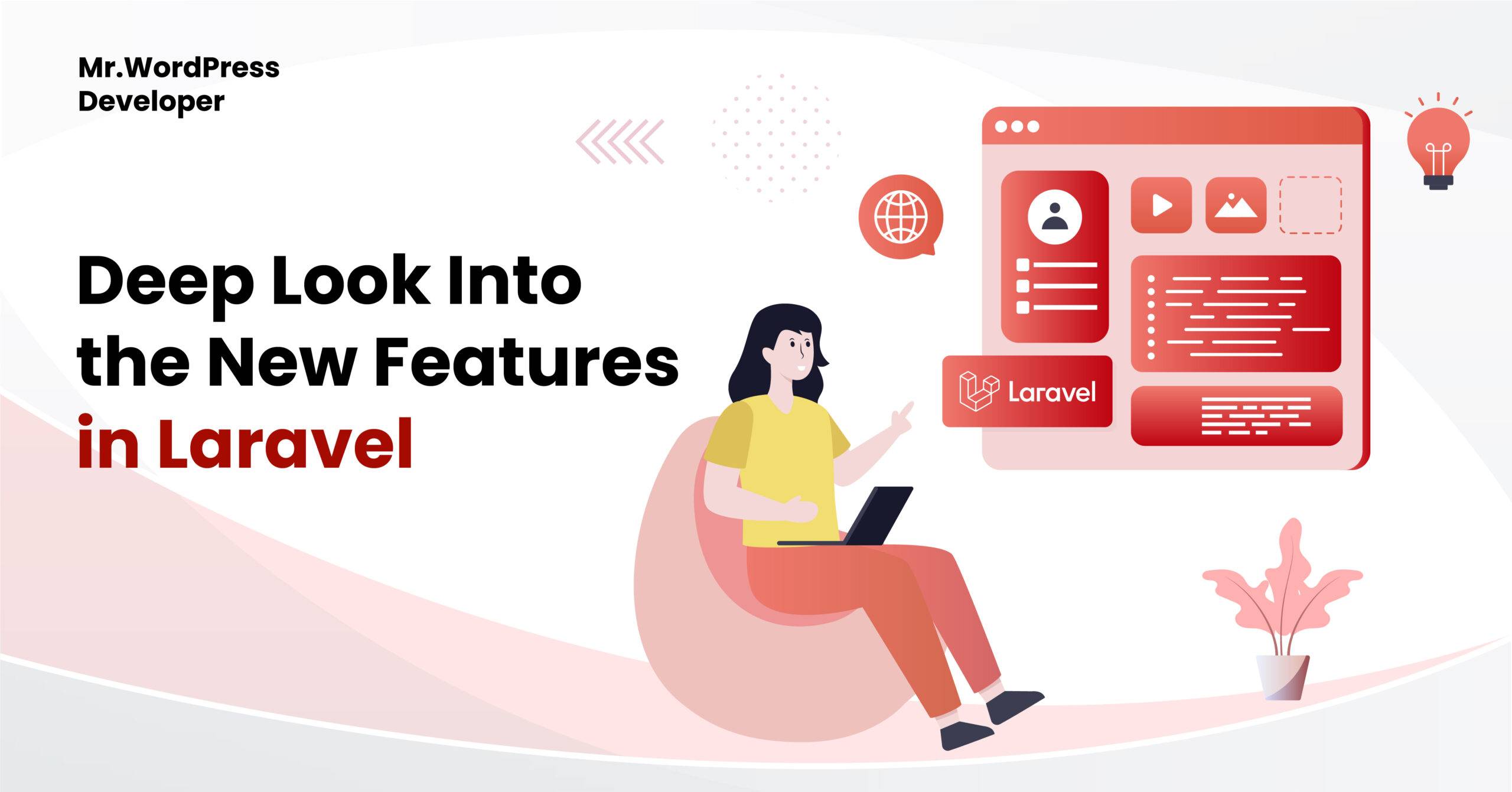
Menu
- Home
- About
- My Skills
- My Work
- Blog
- Hire Me
- Hire Dedicated Freelance WordPress Developer
- Freelance Magento Developer
- Hire Freelance Joomla Developer
- Hire Freelance Drupal Developer
- Freelance WordPress Web Developer
- Hire Freelance WordPress Plugin Developer
- Hire Freelance HTML Developer
- Psd to wordpress
- Hire Freelance Laravel Developer
- Hire Freelance Lamp Stack Developer
- Hire Freelance Prestashop Developer
MenuMenu - Contact






0 Comments